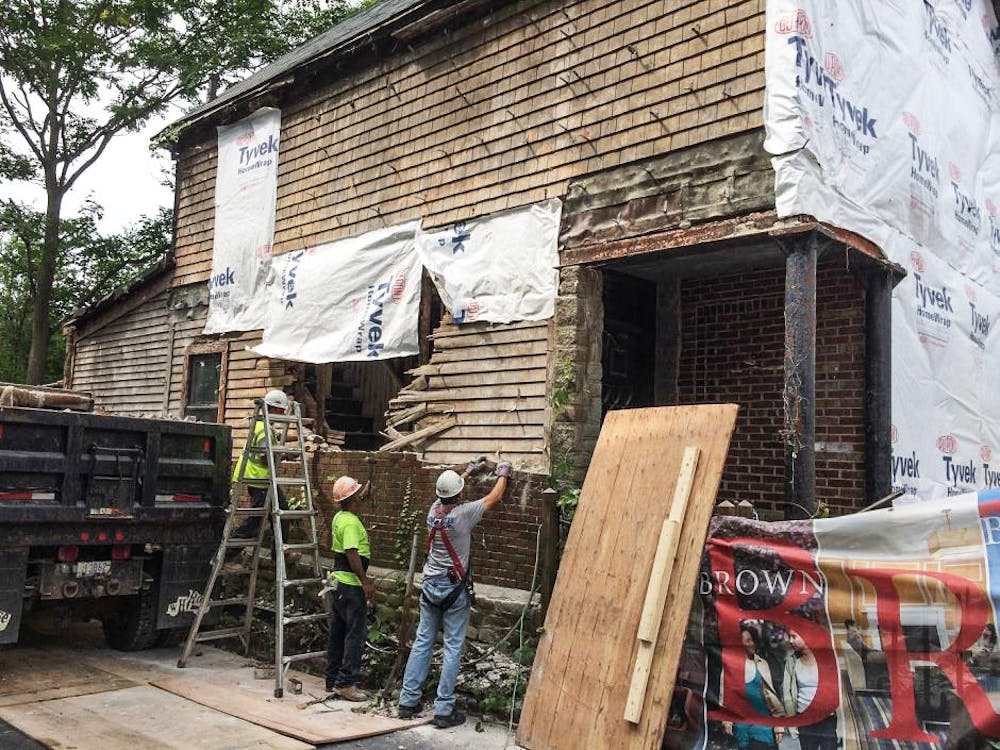The University held an open house Wednesday at 93 Benevolent Street, known as the “Bannister House,” to celebrate its completed renovation.
The house is the former residence of famous African-American painter Edward Mitchell Bannister, a nationally recognized painter and co-founder of the Providence Art Club who lived in the house from 1884 to 1899.
At the open house, John Luipold, assistant vice president for real estate, summarized the house’s history and the University’s renovation efforts to attendees of the event. The Department of Facilities Management led the renovation, with construction beginning in July and ending in December.
The renovation was the product of an advocacy effort by the Rhode Island Black Heritage Society, the Providence Preservation Society, community partners and Brown students, Luipold said. Luipold mentioned that one student in particular, Evan Sweren ’15, wrote multiple columns and met with him to advocate for the renovation.
The Bannister House, built in 1854, has changed hands multiple times over the course of its 150-year history. In the late 1930s, the building was bought and renovated by Euchlin Reeves and Louise Herreshoff, the great-granddaughter of John Brown, the brother of the University’s namesake, Nicholas Brown. The University acquired the building in 1989 and used it as a storage unit for refrigerators.
In his column, Sweren pointed out the coincidence of the Bannister House’s history. “In short, the great-granddaughter of John Brown, a slave trader, destroyed the home of Edward Bannister — a black teacher, painter (and) activist,” he wrote.
The goal of the renovation was to restore the house to its condition when Bannister was living there, Luipold said. This involved removing a concrete storage unit attached to the house, peeling off the brick veneer wall on the house’s exterior, repainting the exterior and installing hardwood floors. The entire project cost about $520,000, Luipold told The Herald.
Brent Runyon, executive director of the Providence Preservation Society, said he “appreciated Brown’s stewardship” throughout the Bannister House’s renovation. Though there was concern that the renovations would remove any tangible evidence of the Reeves’ occupancy in the house, those losses would be “acceptable if the house was restored to the condition it was in when Bannister was there,” he added. Runyon also mentioned that the Bannister House would be taken off the PPS’s “most endangered properties list” due to the renovations.
The house is now part of the University’s Brown to Brown Home Ownership Program, which renovates vacant and under-utilized properties and sells them to staff or faculty members. The house can only be sold back to the University, ensuring that the properties remain under the University’s control.
To celebrate the cultural and historical significance of the Bannister House, a plaque was placed on the exterior of the building, noting that the Bannister House is “closely associated with prominent members of Providence’s 19th-century African-American community.”





